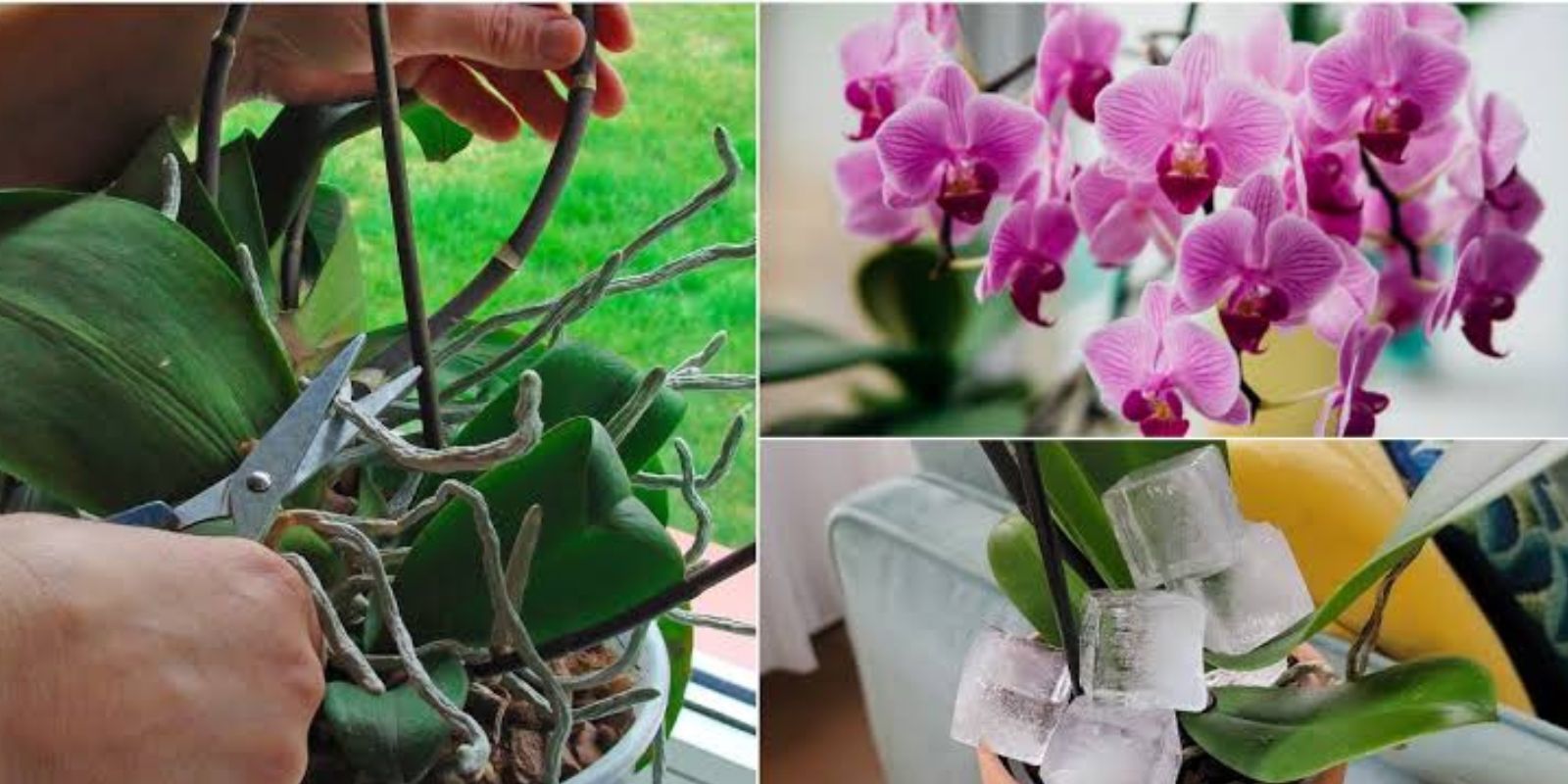Orchids, with their intricate flowers and exotic allure, have captured the hearts of gardeners and houseplant enthusiasts worldwide. Yet, one of the most common challenges orchid owners face is coaxing their plant into producing abundant and healthy blooms. While orchids can sometimes seem temperamental, florists have a tried-and-true secret that ensures these beauties bloom profusely and consistently. In this article, we’ll uncover the florist’s secret and guide you through the steps to achieve vibrant, strong orchid flowers right in your home.
Understanding Your Orchid’s Needs
Before diving into the secret trick, it’s essential to understand the basic needs of orchids. Orchids are tropical plants that thrive in specific conditions. When these needs are met, your orchid will not only grow but will also reward you with abundant flowers.
- Light: Orchids require bright, indirect light to thrive. Too much direct sunlight can scorch their leaves, while too little light can hinder flower production.
- Water: Overwatering is one of the most common mistakes. Water your orchid only when the roots turn silver-gray. Always ensure the potting mix allows for proper drainage.
- Humidity: Orchids originate from tropical climates, so maintaining a humidity level of 50-70% is key to their success.
- Temperature: Most orchids prefer daytime temperatures between 65-75°F (18-24°C) and slightly cooler nights.
The Florist’s Secret to Orchid Blooms
The secret to lush orchid flowers lies in a combination of natural nutrition and proper care. Florists often use crushed eggshells as a natural booster for orchid health and blooming. Here’s why this works and how to apply it:
Why Eggshells Work
Eggshells are a natural source of calcium and potassium—two nutrients that are essential for healthy flower development and longevity. Calcium strengthens the orchid’s cell walls, while potassium supports robust flowering and overall plant vigor.
Step-by-Step Guide to Achieving Abundant Orchid Blooms
1. Assess Your Orchid’s Health
Start by examining your orchid. Healthy orchids have firm, green leaves and thick roots. If your orchid shows signs of stress, such as shriveled roots or yellowing leaves, address these issues before encouraging blooming.
2. Provide Ideal Lighting Conditions
Place your orchid in a spot that receives bright but indirect light. East-facing windows are often ideal. If natural light is limited, consider using a grow light designed for orchids.
3. Introduce the Eggshell Boost
- Prepare the Eggshells: Rinse eggshells thoroughly to remove any residue. Crush them into small pieces or grind them into a fine powder for better absorption.
- Add to the Potting Mix: Sprinkle the crushed eggshells evenly over the surface of the orchid’s potting mix. Alternatively, steep the crushed eggshells in water overnight to create a calcium-rich solution, which you can use to water the orchid.
- Frequency: Use this eggshell treatment once a month during the growing season.
4. Water Wisely
Water your orchid in the morning using room-temperature water. Avoid letting water sit in the crown of the plant, as this can lead to rot. Ensure the pot drains completely after watering.
5. Maintain Humidity
If your home is dry, increase humidity around your orchid by misting the leaves, using a humidity tray, or placing a small humidifier nearby.
6. Fertilize Regularly
Use a balanced orchid fertilizer (20-20-20) every two weeks during the growing season. Reduce fertilization during the dormant period, typically in winter.
7. Prune Dead or Spent Flowers
Once a flower spike has finished blooming, cut it back just above a node to encourage reblooming. Remove any dead or yellowing leaves to redirect energy toward healthy growth.
8. Provide a Temperature Drop
Orchids often require a slight drop in nighttime temperature to trigger blooming. During the fall, place your orchid in a cooler spot overnight (around 55-65°F or 13-18°C).
Additional Tips for Thriving Orchids
- Repot Every 1-2 Years: Orchids thrive in well-draining media like bark or sphagnum moss. Repot when the media begins to break down or when the plant outgrows its pot.
- Inspect for Pests: Common orchid pests include mealybugs, aphids, and scale. Treat infestations promptly with insecticidal soap or neem oil.
- Rotate the Plant: Rotate your orchid periodically to ensure even light exposure and balanced growth.
Common Mistakes to Avoid
Achieving abundant orchid blooms requires avoiding some common pitfalls:
- Overwatering: Orchid roots need oxygen to thrive. Sitting in waterlogged soil can quickly lead to root rot.
- Neglecting Humidity: Dry air can stress orchids, especially during winter when indoor heating is on.
- Skipping Fertilization: Orchids in pots rely on you for nutrients, so regular feeding is essential.
- Ignoring Light Needs: Insufficient light is the number one reason orchids fail to bloom.
The Reward: Stunning Blooms and Lasting Beauty
With patience and the right care, your orchid will reward you with abundant, long-lasting blooms. Orchids can flower multiple times a year, and their beauty can last for weeks or even months.
By incorporating the florist’s secret—crushed eggshells—into your orchid care routine, you’ll provide the extra boost your plant needs to produce strong and vibrant flowers. Combined with proper lighting, watering, and fertilization, this simple trick can transform your orchid from a struggling houseplant to a breathtaking centerpiece.
Conclusion: Bring the Tropics to Your Home
Orchids are more than just houseplants; they are living pieces of art that bring a touch of the tropics into your home. With the right care and a little help from the florist’s secret, you can unlock the full potential of your orchid, enjoying abundant and stunning blooms year-round.
Ready to see your orchids thrive? Start applying these tips today, and don’t forget to share your orchid success stories with us!
#OrchidCare #BloomingSecrets #GardeningTips #HouseplantLove #TropicalVibes

